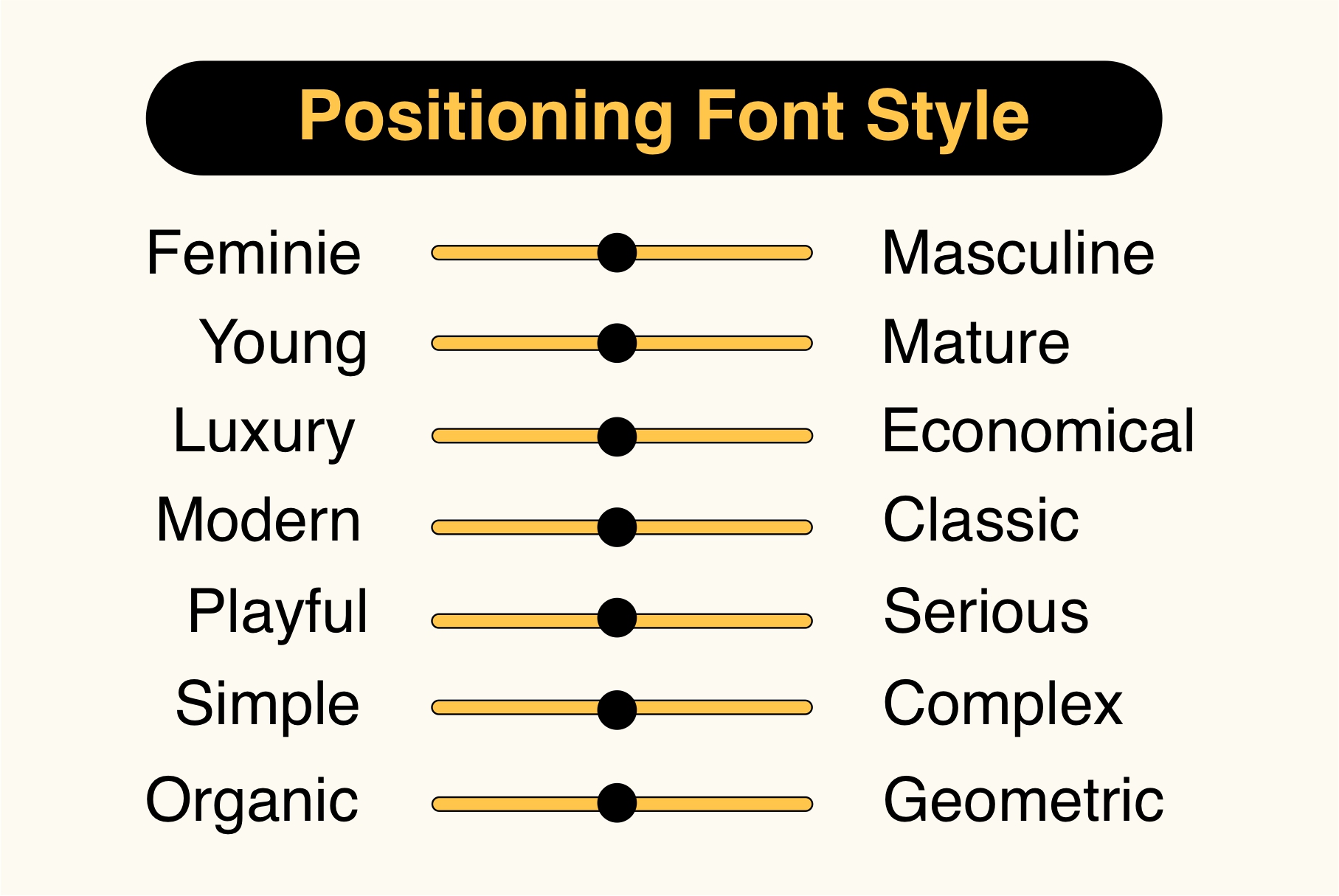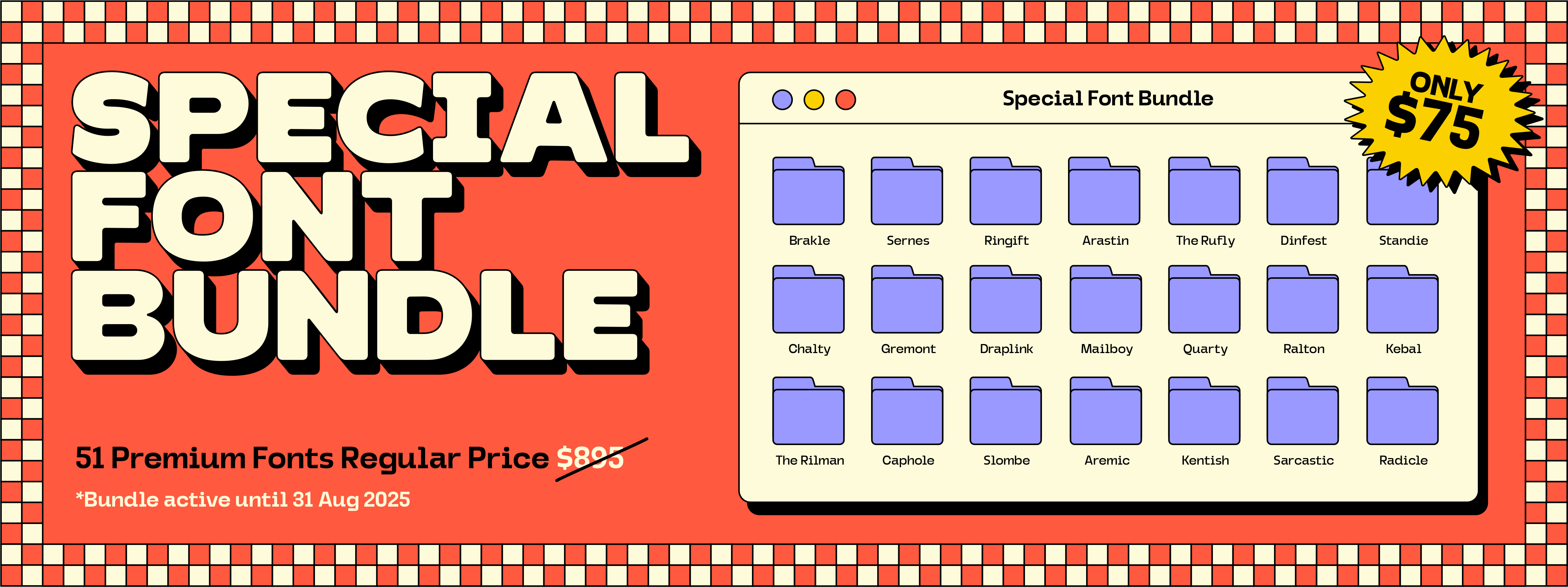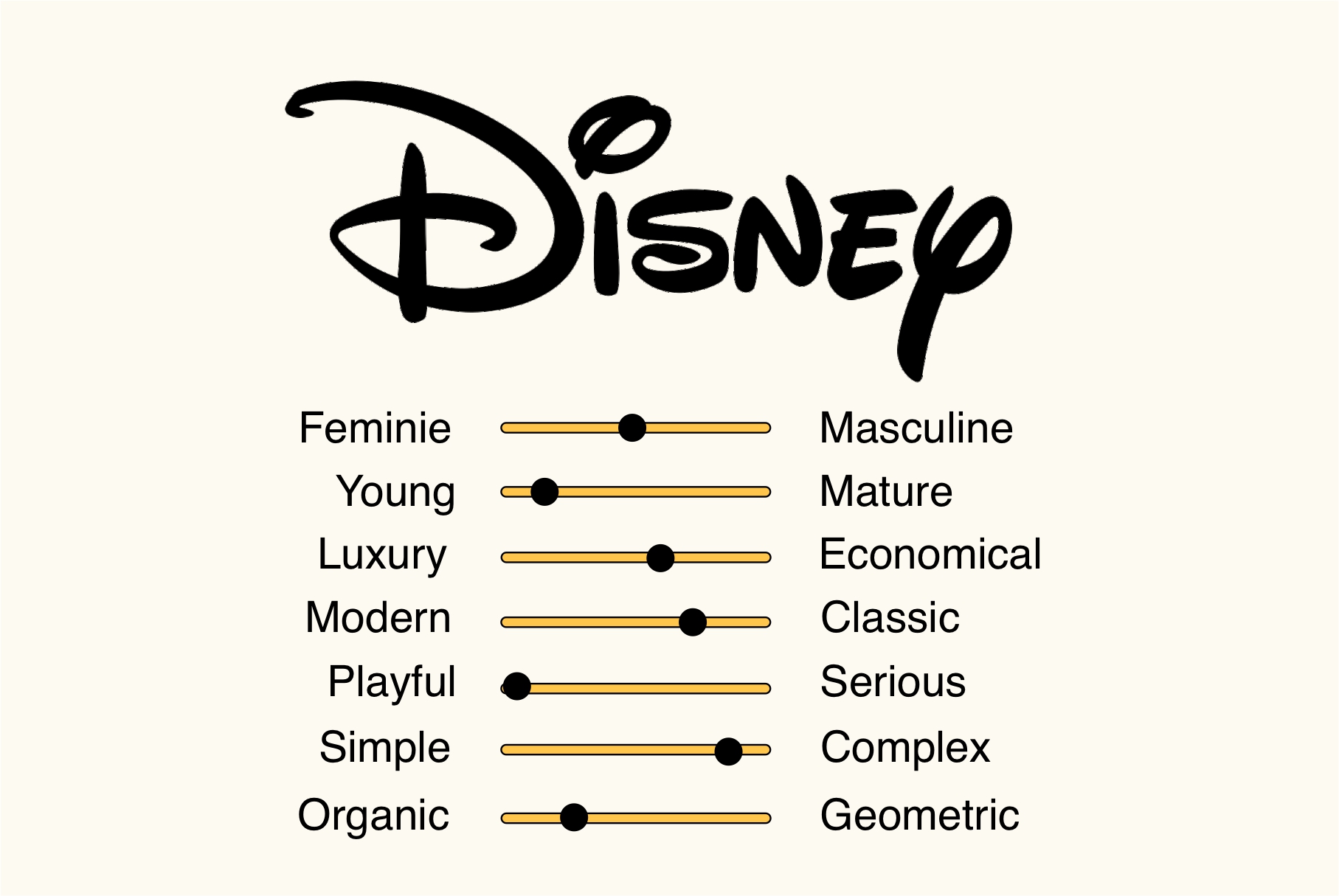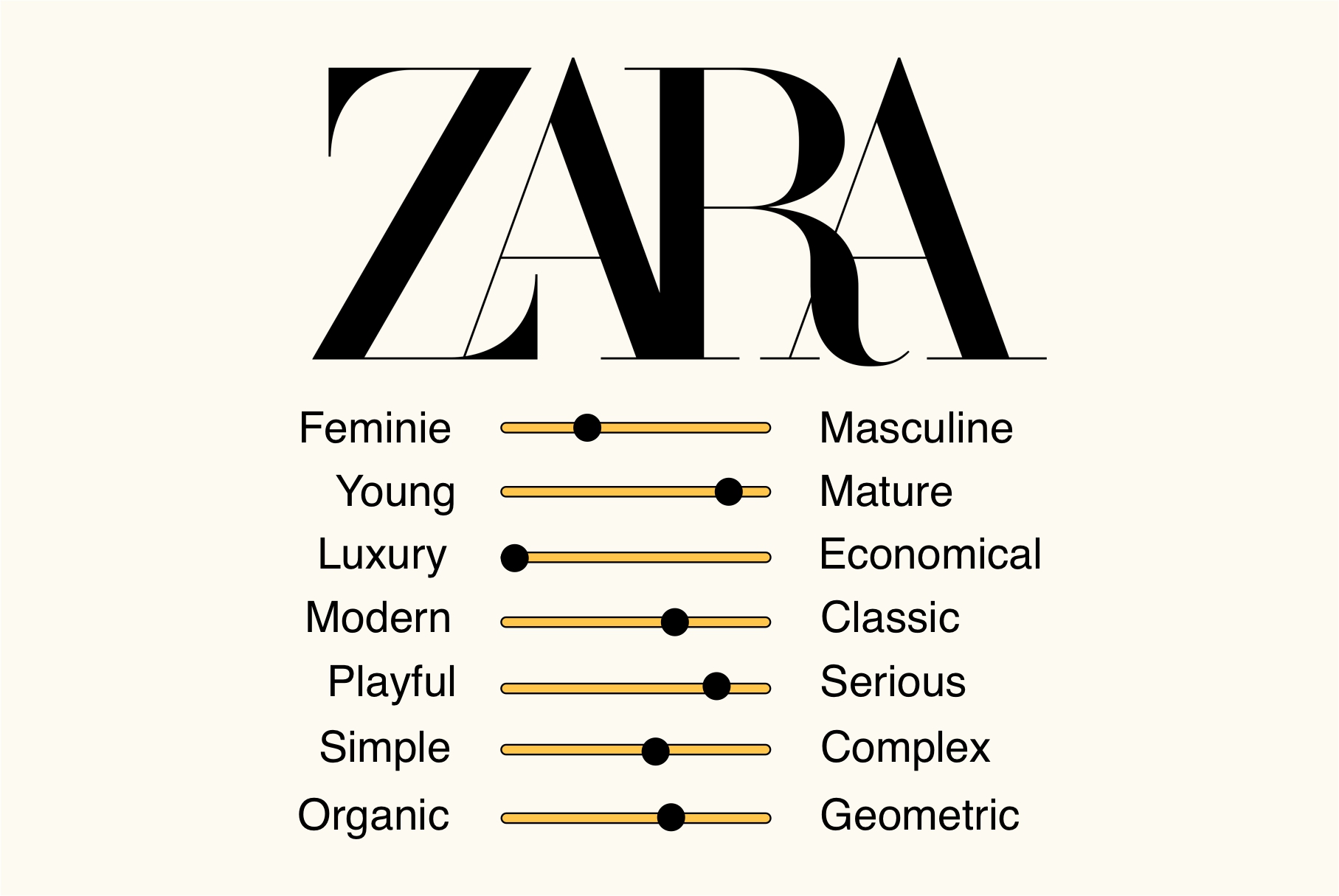In the world of design, font selection is not merely a matter of aesthetics, but also about how that font can influence the perception and emotions of the audience. Positioning font style is the strategy of placing and using specific typefaces to create a strong visual identity and convey the right message.
Why is Positioning Font Style Important?
- Creating a Strong Visual Identity: Fonts have their own character and personality. By choosing the right font, you can create a unique and memorable visual identity for your brand or design project.
- Conveying the Right Message: Every font has different connotations and associations. Classic serif fonts, for example, are often associated with trust and professionalism, while modern sans-serif fonts are more often associated with innovation and technology.
- Influencing Perception and Emotion: Fonts can influence how the audience feels and responds to your design. Cheerful and playful fonts, for example, can evoke positive emotions and joy, while dark and mysterious fonts can create a sense of curiosity and tension.
Factors to Consider in Positioning Font Style
- Type of Design Project: Are you designing a logo, website, poster, or other marketing materials? The type of design project will influence the appropriate font choices.
- Target Audience: Who is your target audience? Are they children, teenagers, adults, or another age group? Font choices should match the preferences and characteristics of your target audience.
- Message to be Conveyed: What is the main message you want to convey through your design? Choose fonts that can support and reinforce that message.
- Visual Context: Where will your design be displayed? Is it in print media, digital media, or both? The visual context will influence the optimal font choices.
Tips for Effective Positioning Font Style
- Research and Exploration: Research different types of fonts and their characteristics. Explore various font combinations to find the ones that best suit your needs.
- Consistency: Use the same fonts consistently throughout your design materials to create a strong and recognizable visual identity.
- Contrast: Use contrasting font combinations to create visual hierarchy and draw the audience's attention to important elements in your design.
- Readability: Ensure that the fonts you choose are easy to read and understand, especially for long texts.
- Testing: Test different font options with your target audience to get feedback and ensure that your message is delivered effectively.
Conclusion
Positioning font style is an important strategy in design to create a strong visual identity, convey the right message, and influence the perception and emotions of the audience. By understanding the factors to consider and following effective tips, you can use fonts to enhance the quality of your designs and achieve your communication goals.







